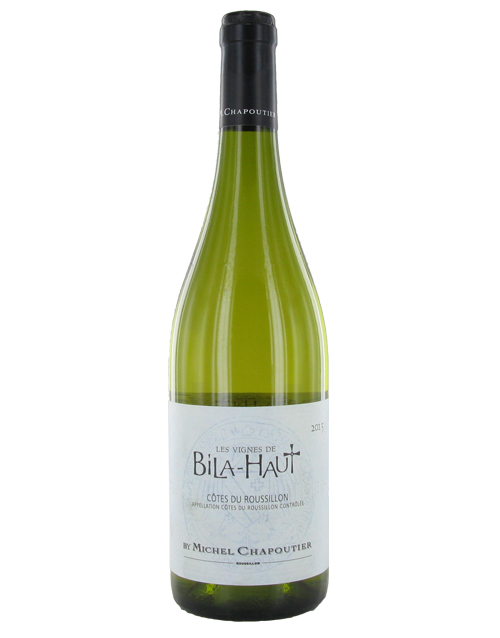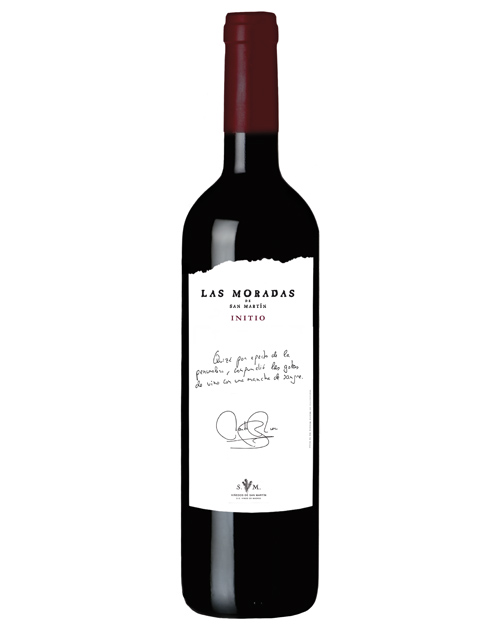European quality Garnacha/Grenache wines are not as expensive as some other styles of high-quality wines, making them the perfect wines to impress guests without breaking the bank. Their wide range of styles and aromas mean there is a European quality Garnacha/Grenache wine for any occasion or seasonal celebration.A symbol of European food culture, European quality Garnacha/Grenache wines are meant to be shared with others and enjoyed with delicious food and loved ones. Since the Garnacha/Grenache grape comes in all styles, European quality Garnacha/Grenache wines can pair with anything: Garnacha/Grenache's tannins are moderate enough as to not taste bitter when paired with sweet, sour, salty or spicy sauces, yet Garnacha/Grenache retains enough tannins to cut through meat fats; There is the umami factor, specifically, the reaction of salt and acidity when activated by foods high in amino acids (such as mushrooms, aged cheeses, sea vegetables), which reduces the sensation of bitterness. In today's food & wine post, I'm sharing my ultimate cheese plate (some of my faves) paired with wines of Garnacha/Grenache, in that both French and Spanish wines can go together very well with this assortment of nibbly food! Yum...
Obviously, with a cheese plate comes the cheese, so let's talk about which kinds of cheeses are my favorites and which ones go well with which wine.
- Emmental (Emmentaler or Emmenthal) is a yellow, medium-hard Swiss cheese that originated in the area around Emmental, Canton Bern. It has a savory, but mild taste. This cheese is produced in the central cantons of Switzerland. It is a traditional, unpasteurized, hard cheese made from cow's milk. It's hard, thin rind is covered by paper with producer's name on it. The aroma is sweet with tones of fresh-cut hay. The flavor is very fruity, not without a tone of acidity. Emmental has walnut-sized holes. It is considered to be one of the most difficult cheeses to be produced because of it's complicated hole-forming fermentation process. The cheese tastes delicious with a glass of wine, for example, Côtes du Roussillon.
- Colby Jack or Cojack is a classic American combination of Colby and Monterey Jack cheese. The cheese was invented when Colby and Monterey Jack were blended together before pressing. A semi-soft cheese, it exhibits a unique eye-appealing marbled white and orange exterior that makes it a fun snack to eat on-the-go, and is probably one of my most favorite cheeses ever. The taste of Colby Jack varies from mild and smooth, to lightly sweet, to sharp and tangy. It groups well with deli meat, sandwiches, soups, sauces, burgers, dark breads like pumpernickel and rye, omelets, casseroles, steamed vegetables, baked potatoes and fruits like apples and pears. Perfect with red.
- Camembert Marie Harel created the original Camembert cheese from raw milk in Normandy, France in 1791. Today, however, a very small percentage of producers make cheese from raw milk with the same process as Marie Harel would have used. Those who produce cheese using Marie Harel's method can legally call their cheese Camembert Normandie under the AOC guidelines. However, the production of Camembert cheese has now transcended the AOC designation. Very good varieties of Camembert cheese made from pasteurized milk can be found in Normandy today. The best of them is the Camembert Le Châtelain. The fresh Camembert cheese is bland, hard and crumbly in texture. Young Camembert has a milky and sweet taste. As the cheese matures it forms a smooth, runny interior and a white bloomy rind that is typical to Camembert cheese. It has a rich, buttery flavor. The rind is bloomy white caused by a white fungus, called penicillium candidum.The rind is meant to be eaten with the cheese. Goes well with red wine.
- Gruyere is named after a Swiss village. It is traditional, creamery, unpasteurized, semi-soft cheese. The natural, rusty brown rind is hard, dry and pitted with tiny holes. The cheese is a darker yellow than Emmental but the texture is more dense and compact. Slightly grainy, the cheese has a wonderful complexity of flavors - at first fruity, later becomes more earthy and nutty. To make Gruyere, raw milk is heated to 93 degrees F and liquid rennet is added for curdling. The resulting curd is cut into small pieces which release whey while being stirred. The curd is cooked at 110 degrees F and raised quickly to 130 degrees F. The pieces become shriveled which is the cue to place the curd in molds for pressing. The cheese is salted in brine for 8 days and ripened for two months at room temperature or a quick method: 10 days at 50 degrees F. Curing lasts from 3 to 10 months (the longer the curing period the better the cheese). Loved this the most with the red Garnacha Las Moradas de San Martín.
The Las Moradas de San Martín Garnacha wine was the winner in my book of all the wines I paired with my ultimate cheese plate. Their winery began in 1999 on the Madrid side of the Gredos range of hills, recovering the ancient Garnacha vineyards that have been cultivated since the 12th century in the municipality of San Martín de Valdeiglesias. Pago de los Castillejos is where the Madrid region meets the northern part of Toledo and the southern part of Ávila on the edge of the Gredos range. Its climate and special soils make it possible to make wines with plenty of personality and quality. A commitment to the future of people and this land. “Las Moradas” (known in English as “The Interior Castle”) is the title of the last book Saint Teresa wrote. The name is intended as a nod to literature, as the wine of this area is mentioned by the most important writers of the Spanish Golden Age, and we reflect this on the labels of our bottles.
I also really appreciated the Côtes du Roussillon Les Vignes de Bila-Haut white Grenache wine as well. A little background on this wine: The Roussillon history is complex and compelling, and has at times been quite violent. Terraces on stony soil, with a rich geological background and a climate that man has adopted for his crops. The Roussillon was bound to attract Michel Chapoutier’s attention. He decided to locate his domain at Latour de France. Black and brown schist to give the wine a solar touch. Gneiss for minerality and freshness. Combination of Limestone and chalk for strength and balance. Three varieties of grapes grow on the land covered by Domaine de BILA-HAUT. Syrah, with its savage aromas of scrub and spice. Grenache, so full of surprises. And Carignan, for mineral wines with crispy tannic notes. The “Vignes de BILA-HAUT” and the “Domaine de BILA-HAUT Occultum Lapidem” are the main expressions of this terroir. The pale yellow color with green tints exhibits citrus aromas such as lemon & grapefruit with smoky notes. It has great acidity (perfect with the Emmental cheese) with a lot of freshness on the finish mixed with salty notes, which express the minerality of the wine.
Other favorites included in my cheese plate are Saucisson Sec aux Herbes de Provence (cured sausage), Mousse de Canard au Foie Gras or rather, duck foie gras, duck liver and duck meat elegantly combined, then sweetened with fresh grapes, raisins, and Sauternes wine. (oh so lovely with the white wine), cornichons (miniature pickles... sort of ha ha!), and lots of bread and red seedless grapes to pair with everything together. What are some of your favorites choices in a cheese platter of sorts? And how do you like to pair your plate with what kind of wine(s)? Leave your comments down below with your favorites and don't forget to check out these delicious Garnacha/Grenache wines here and here! Right in time for the weekend :)

























